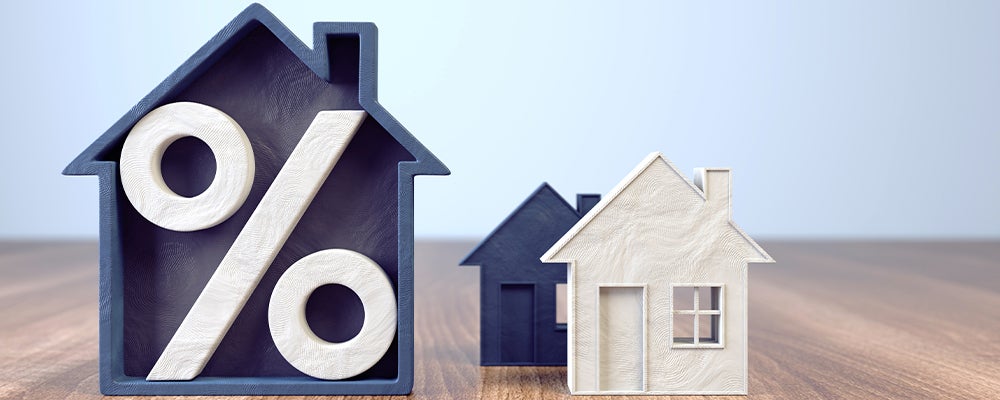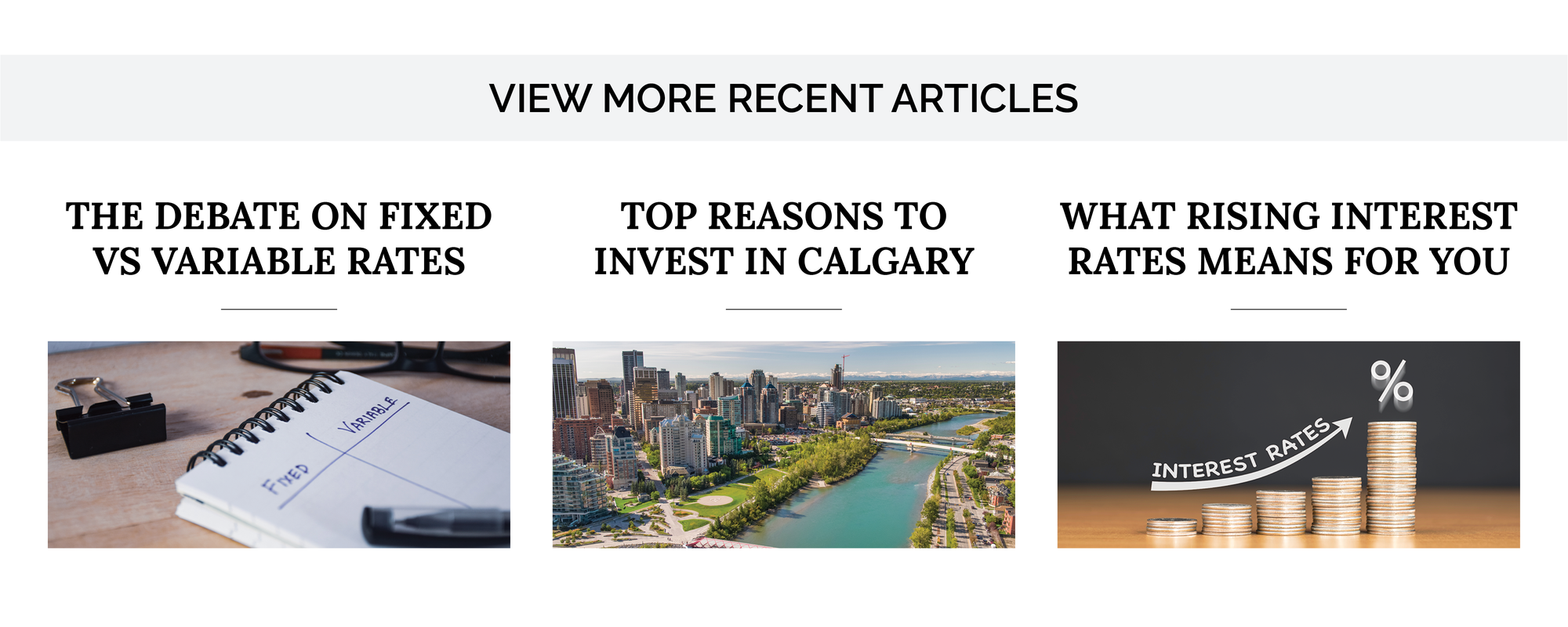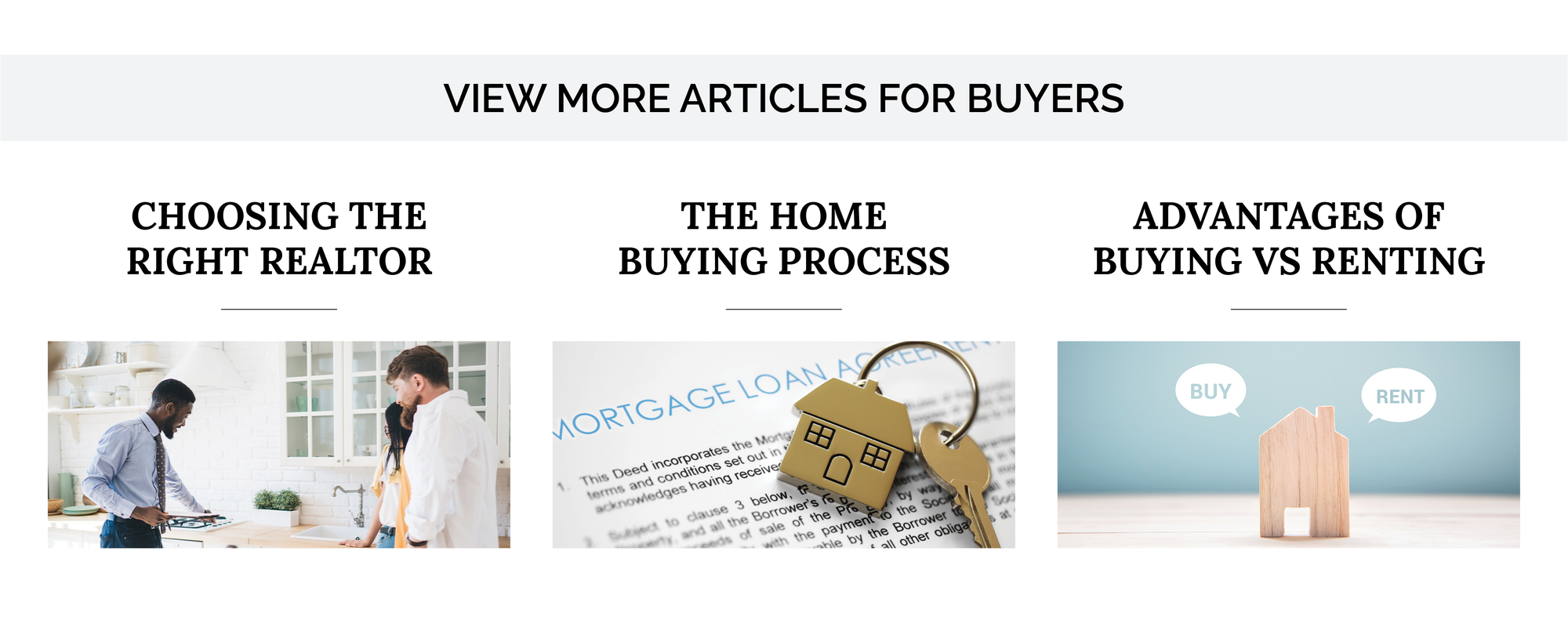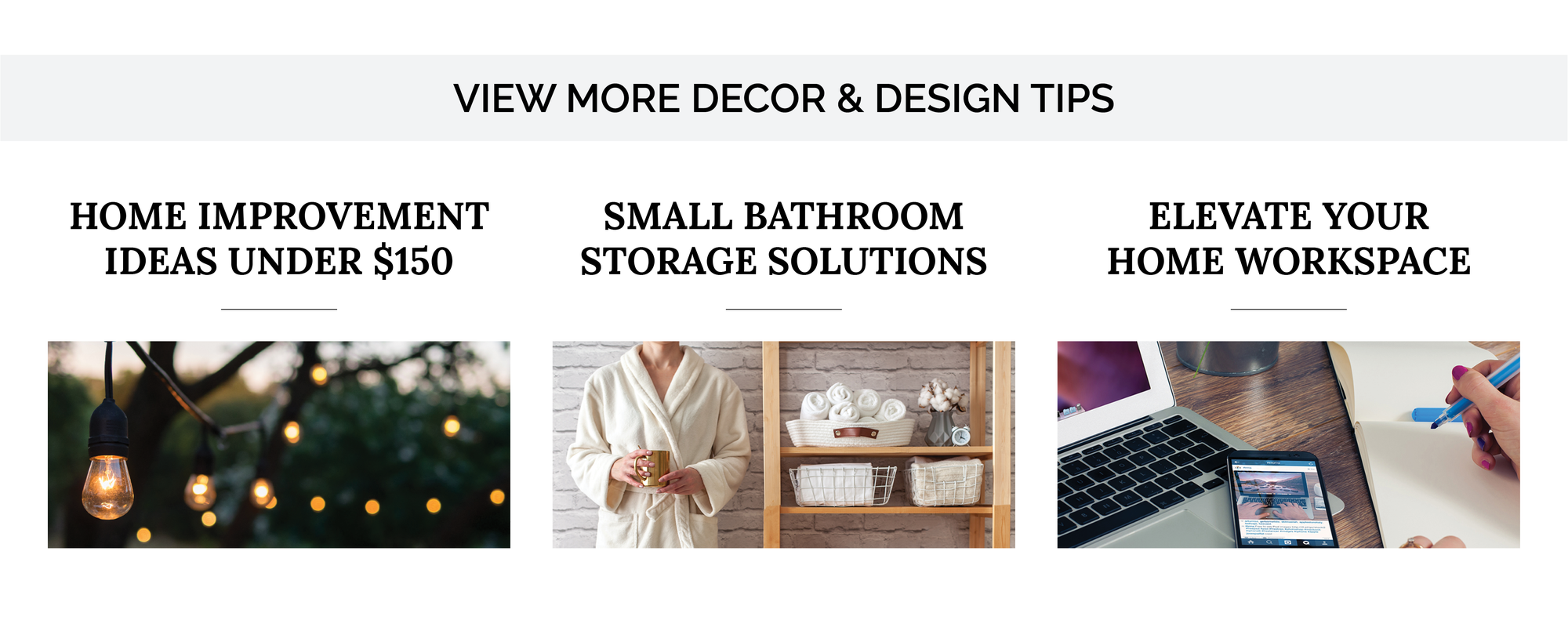
Maybe the time has come to upgrade to a larger home or one that is a better fit for your lifestyle or location. Maybe the kids are gone, and it’s time to downsize to something that works better.
When interest rates start increasing, some people start to feel held back from purchasing a new home, especially if they have a lower rate locked in on their current mortgage that they don’t want to lose.
If this is you, there are options!
1. PORTING
What is porting? Porting your mortgage is where you buy a new home but keep your existing mortgage deal or rate. Essentially, you “port” or transfer your existing mortgage from your current home to your new one. This is a great option if you're making a lateral move and will require roughly the same amount of financing for your new property. Unlike refinancing, porting doesn't require you to break your mortgage or typically pay any penalties. Many lenders will allow their mortgage holders to port their mortgage to a new property, but you'll have to check with your lender to see if this will work for you.
It's important to note that not all mortgages are portable. Variable-rate mortgages can usually never be ported, and there are some fixed-rate mortgages, commonly referred to as restricted mortgages, that cannot be ported. There's also a window of time allotted to complete the port and close on the new property. This varies among mortgage lenders, so be sure to inquire, but it's usually between 30 and 120 days.
2. BLENDED RATE MORTGAGE
Does porting sound like a good option for you, but you need a little more financing for the new home than you already have? Don’t worry, this is very common! Many lenders can offer a blended rate for situations when extra financing is required over and above a port. On a blended rate, the total loan is essentially a weighted average of the existing mortgage and interest rate and the new money required at a current mortgage rate. Many lenders will also do favourable financing rates on the second loan if you are using them for the first one. [Source]
3. EXTENDED AMORTIZATION
If higher interest rates are leading to higher payments than you feel comfortable with, you can also look at extending your amortization, which translates to a lower payment. Amortization is basically the total length of time it will take to pay off the loan. For most traditional mortgages, this is 20-25 years, but many lenders offer options at 30-35 years as well. Keep in mind that with a longer amortization, it will take longer to pay off your loan, but it can be worth it to be able to make a move without breaking the bank on a monthly payment. This is also a great solution if you are expecting to see rates come down within a few years, as you can look at committing to the longer amortization for just a few years and then refinance on a shorter amortization when rates go down again. For many, an extended amortization loan can be a solution to make a move happen without having to wait for higher interest rates to come off.
4. SHORTER MORTGAGE TERM
In that vein, if you believe higher rates are only here for the short term, then a shorter mortgage term may be the best choice for you. As long as you can bear a higher payment for the short term, then a shorter mortgage term (say 2 or 3 years instead of 5) can allow you the option of refinancing sooner rather than locking in a higher rate for a longer time. If you are interested in making a move but are feeling held back by today’s high-interest rates, don’t hesitate to reach out to talk about your options! We are happy to chat at any time.
1. PORTING
What is porting? Porting your mortgage is where you buy a new home but keep your existing mortgage deal or rate. Essentially, you “port” or transfer your existing mortgage from your current home to your new one. This is a great option if you're making a lateral move and will require roughly the same amount of financing for your new property. Unlike refinancing, porting doesn't require you to break your mortgage or typically pay any penalties. Many lenders will allow their mortgage holders to port their mortgage to a new property, but you'll have to check with your lender to see if this will work for you.
It's important to note that not all mortgages are portable. Variable-rate mortgages can usually never be ported, and there are some fixed-rate mortgages, commonly referred to as restricted mortgages, that cannot be ported. There's also a window of time allotted to complete the port and close on the new property. This varies among mortgage lenders, so be sure to inquire, but it's usually between 30 and 120 days.
2. BLENDED RATE MORTGAGE
Does porting sound like a good option for you, but you need a little more financing for the new home than you already have? Don’t worry, this is very common! Many lenders can offer a blended rate for situations when extra financing is required over and above a port. On a blended rate, the total loan is essentially a weighted average of the existing mortgage and interest rate and the new money required at a current mortgage rate. Many lenders will also do favourable financing rates on the second loan if you are using them for the first one. [Source]
3. EXTENDED AMORTIZATION
If higher interest rates are leading to higher payments than you feel comfortable with, you can also look at extending your amortization, which translates to a lower payment. Amortization is basically the total length of time it will take to pay off the loan. For most traditional mortgages, this is 20-25 years, but many lenders offer options at 30-35 years as well. Keep in mind that with a longer amortization, it will take longer to pay off your loan, but it can be worth it to be able to make a move without breaking the bank on a monthly payment. This is also a great solution if you are expecting to see rates come down within a few years, as you can look at committing to the longer amortization for just a few years and then refinance on a shorter amortization when rates go down again. For many, an extended amortization loan can be a solution to make a move happen without having to wait for higher interest rates to come off.
4. SHORTER MORTGAGE TERM
In that vein, if you believe higher rates are only here for the short term, then a shorter mortgage term may be the best choice for you. As long as you can bear a higher payment for the short term, then a shorter mortgage term (say 2 or 3 years instead of 5) can allow you the option of refinancing sooner rather than locking in a higher rate for a longer time. If you are interested in making a move but are feeling held back by today’s high-interest rates, don’t hesitate to reach out to talk about your options! We are happy to chat at any time.




